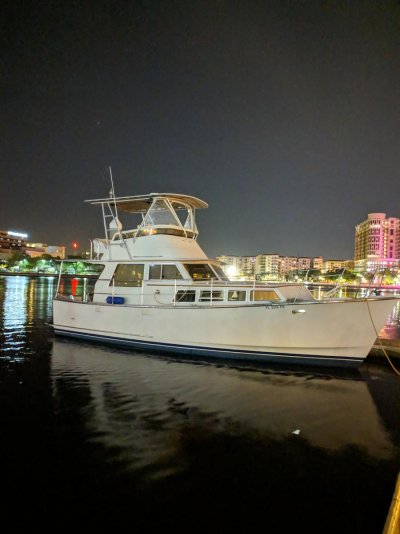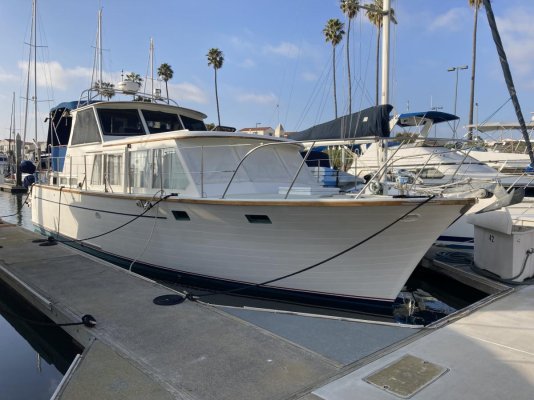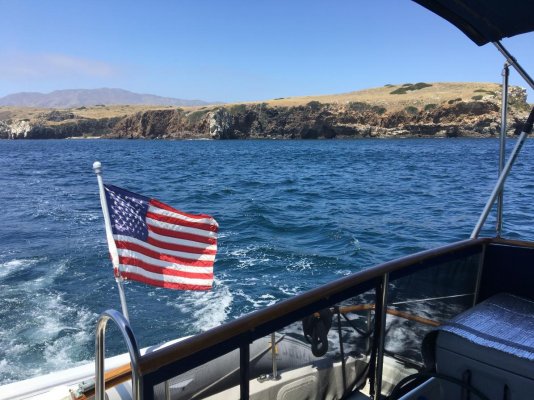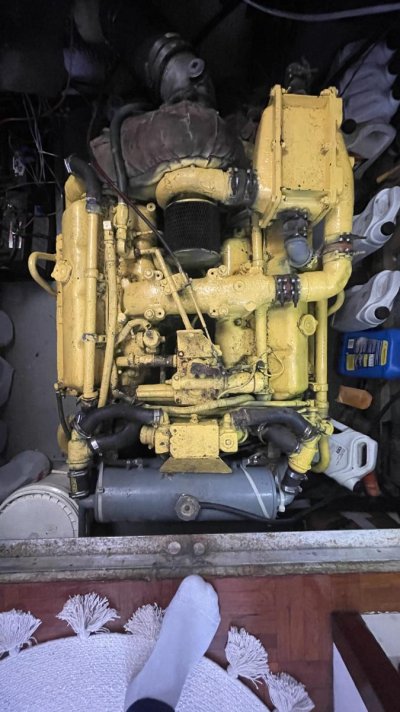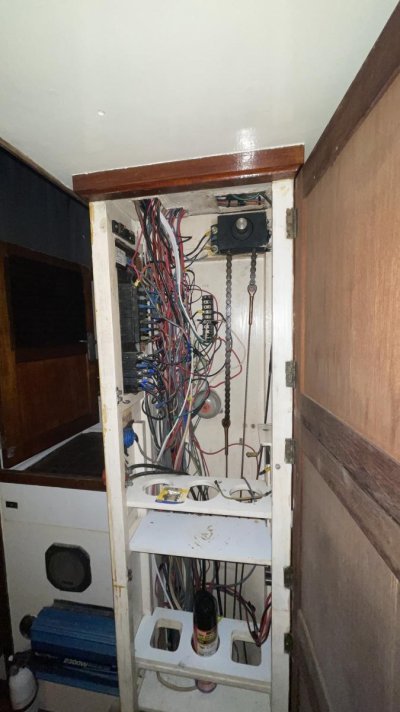My wife and I are considering our return to boating with a Roughwater 37 or 41. We had a Canoe Cove 41 for 8 years but we love the lines of a Roughwater and the simpler single engine to maintain. The one part that is holding us back are the rumors of trouble between the glass hull and the marine ply upper. Does anyone here have any experience with this? We would need to keep it outside but I am pretty on top of maintenance - assuming there are things I can do to avoid rot once it surveys well. All thoughts welcome and I am not sure if I should have started this as a new thread (couldn't figure that out) so advice welcome there too! Thanks,
Erik
I looked hard for a roughwater a few years back. I was after the 41 because I wanted a full time liveaboard / cruiser. All of the boats I looked at had lots of rot. If you're really serious I suggest you try to find one that's been kept under cover most of her life and be willing to pay a premium for that.
What I observed was the windows leak so a boat that has not been kept under cover is almost certain to have rot in the cabin sides. Pretty easy to spot leakers with the typical water stains and efforts to disguise same. A bit of gentle tapping with a smooth faced hammer will tell you if there is a lot of rot. I won't call myself a surveyor by any means but I've learned enough to determine on my own if it's worth a professional surveyor's cost.
Another issue is the way the cabin sides join deck. It looks to me like that is a joint asking for trouble. I've never pulled that joint apart but it looks like looks like the cabin side runs down past the deck edge, so leaks there and the both the cabin side and deck are saturated. More tappity-tap along that joint, both house and deck, is called for.
As you inspect the interior open all of the drawers, cabinets and slide outs you can to view the house to deck joint. On the Roughwater 41s I looked at it's a bunch of wood blocks used to fasten hull to deck. On one I could stick my finger into soft spongy wood on many of the blocks. I don't recall that joint on the 37s but it's probably the same.
That's all I can think of that in my experience is unique to Roughwaters. You'll still need to keep an eye out for all the old boat issues. Such as soft decks from improperly bedded hardware, old fuel tanks, old wiring and all the endless old boat stuff.
In the end I just couldn't find a Roughwater that wasn't going to be a huge expense to bring her back to shape for extensive cruising. Too bad because I love the looks and design. Especially the 37 though I was mostly after the 41 for living space.
Comments on doing you own pre-survey inspection looking for water damage.
Tap testing. Ask permission from the owner and broker before you start. And be sure to use a hammer that won't leave marks. I got a nylon hammer at Harbor Freight with no sharp edges. I'm sure a surveyor would rather use a metal faced hammer but as I said I'm trying to eliminate boats that are too far gone to be worth the cost of a survey.
You can use a moisture meter as well but without a lot of experience the results may not be accurate. Here are 3 links to well written pieces on the use of moisture meters.
Understanding the Moisture Meter on Marine How To a well respected source of information. This article is very positive on the use of moisture meters.
Next up is
Moisture Meter Mythology from another highly regarded source. The author is not as positive about the value of moisture meters.
Quite a difference of opinion between these two experts. In the for what it's worth column I purchased the meter discussed in
Understanding the Moisture Meter and used it on several boats I rejected. Then one day I wanted to see a boat but my meter was not at hand. So I dashed off to Home Depot and purchased a meter similar to the one discussed in
Moisture Meter Mythology.
I have since compared the results from both meters used side by side. My recommendation is to buy the less expensive one. Keeping in mind that unless you are an experienced surveyor you may not really know how to interpret the readings.
And finally The Use and
Misuse of Moisture Meters where you will find this
"A major benefit of the moisture meter is in its use for locating moisture penetration areas around through-hull fittings and deck hardware. A quick check with the meter can find evidence of moisture around fittings with good assurance that there is a potential problem unless the item in question is pulled and at least rebedded with a marine grade sealant." So I keep my miosture meter to do annual checks on deck hardware bedding.



